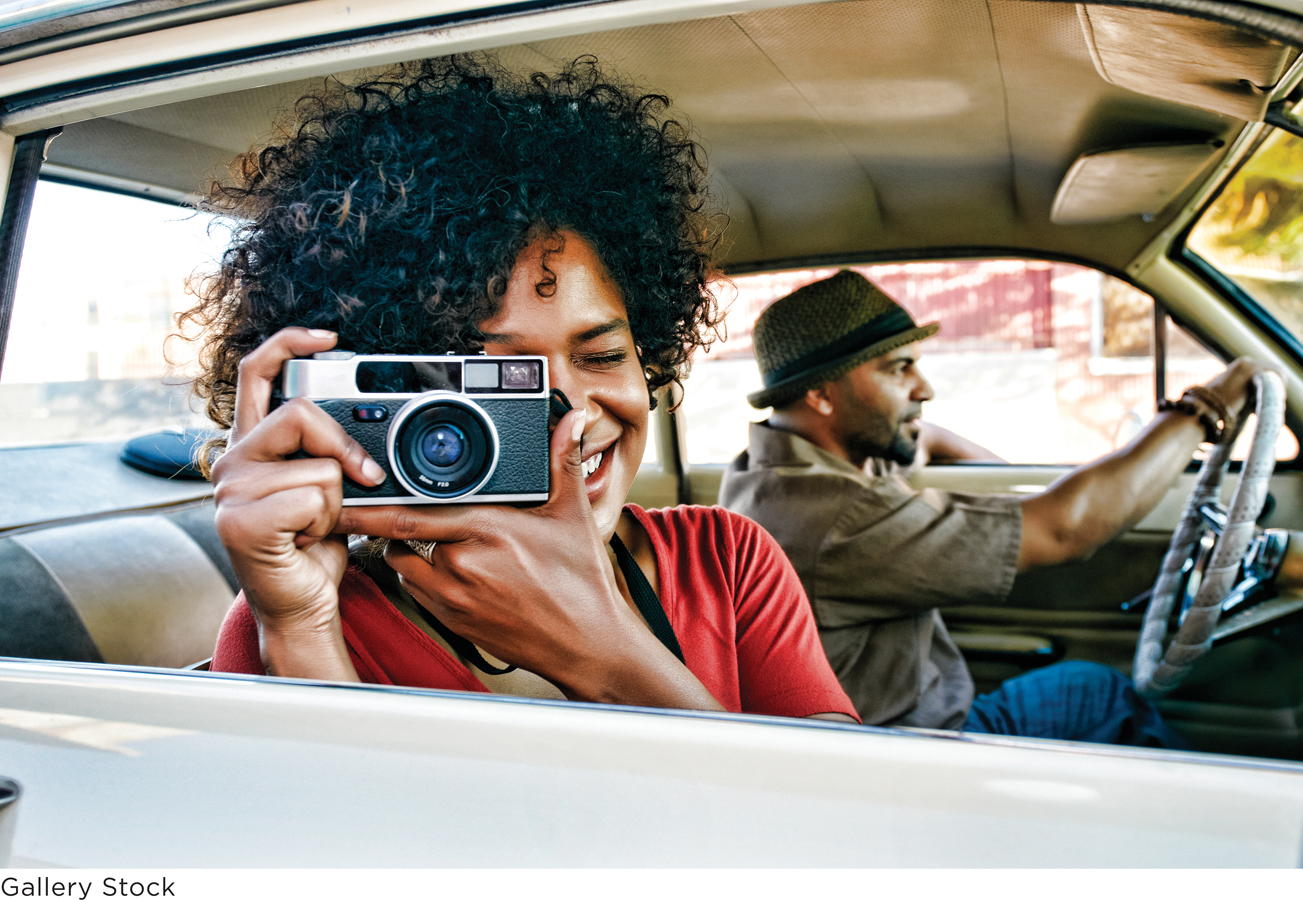Chapter 2 Introduction
34
Research Methods 2

35
CHAPTER OUTLINE
The Challenge of Research Methods
Learning About People: A Flawed Strategy
Fixing the Flaws
Research Goals and Research Designs
Research Goals
Survey Methods
CULTURAL OPPORTUNITIES: Back Translation
Correlational Studies
Experimental Designs
RESEARCH TOOLKIT: Truly Random Assignment
Data: Quantitative and Qualitative
Quantitative Data
THIS JUST IN: Big Data
Qualitative Data
Obtaining Scientific Evidence: Psychological and Biological
Psychological Evidence
Biological Evidence
Scientific Explanation
Theories in Science
The Relation Between Theory and Evidence
The Ethics of Research
Ethical Review of Research
Ethical Principles in Research
Looking Back and Looking Ahead
IF YOU’RE GOING ON A FIRST DATE, WHAT SHOULD you plan to do? Perhaps something relaxing: a romantic movie; a walk in the park; a quiet, candlelit dinner where you can talk? Here’s some advice from a dating Web site:
Try including an activity that will get the blood pumping! Find out if your date has always had an unfulfilled desire to go sky-
Sky-
The participants were men walking across either of two pedestrian bridges that crossed a river in a mountainous region of Canada. One was a heavy, wide, solid cedar bridge that passed 10 feet above the water. The other was scary and arousing: a narrow bridge of wooden boards attached to wire cables, suspended 230 feet above the river. It tilted and swayed when anyone crossed.
The study’s procedures were simple. A female experimenter approached unaccompanied men as they crossed the bridges, showed them a drawing of a woman, and asked them to write a dramatic story about her. When they finished, she gave each man her phone number and invited him to call, if he wanted. Afterward, researchers coded the amount of sexual imagery in the stories and recorded the number of men who called (calling was a sign of possible sexual attraction to the experimenter). They then compared the two groups: (1) men on the scary bridge who were physically aroused, and (2) men on the low, solid bridge who were relatively calm.

The results? The groups differed. Men walking on the frightening, arousing bridge displayed higher levels of sexual attraction. Compared with men on the low, solid bridge, they:
wrote stories with more sexual content, and
were 4 times more likely to call the experimenter.
The results were exactly what the dating Web site would have predicted!
36
Do these research results convince you that frightening, physically arousing activities can increase sexual attraction? They shouldn’t! Even the psychologists who ran the study were not convinced by the findings. Can you tell why not? You’ll be able to once you read this chapter on research methods.![]()
EVERYBODY TRIES TO explain behavior. You probably do it all the time. Why did your roommate get so angry? “She’s just in a bad mood.” Why did that guy not return your message? “Bad memory; he must have forgotten.” Why did you only get a C–
When psychologists try to explain behavior, they have a special burden: acquiring scientific evidence that puts their explanation to the test. This chapter presents the research methods they use to obtain that evidence.
When you signed up for a psychology class, you probably wanted to learn about people, not research methods. But it’s hard to do one without the other; you need knowledge of research methods to appreciate what psychology teaches you about people, the mind, and the brain. Without that knowledge, your understanding of psychology would be superficial; you would know conclusions psychologists have reached while having no idea how they reached them.
Once you learn about research methods, you will have not only new information but also new abilities. You will be able to critique research, asking not just, “What did the psychologists find?” but “Was their research done well?” You will be able to identify different types of research, asking, “What kind of research was it, and what are the strengths and limits of that research method?” You might even start thinking about research of your own, asking not just, “How did those psychologists run their study?” but “How could I do it better?”
We will begin this chapter on research methods with an exercise in critical thinking. We’ll present a research method with flaws, and you can see if you can detect them.
Next, three main sections of the chapter cover each of the three main elements of research methods:
Research design: The plan for a research project
Data: The information acquired in research
Obtaining scientific evidence: The procedures and scientific equipment psychologists use to obtain data about people, the mind, and the brain
Finally, we conclude with discussions of scientific theories and research ethics.
